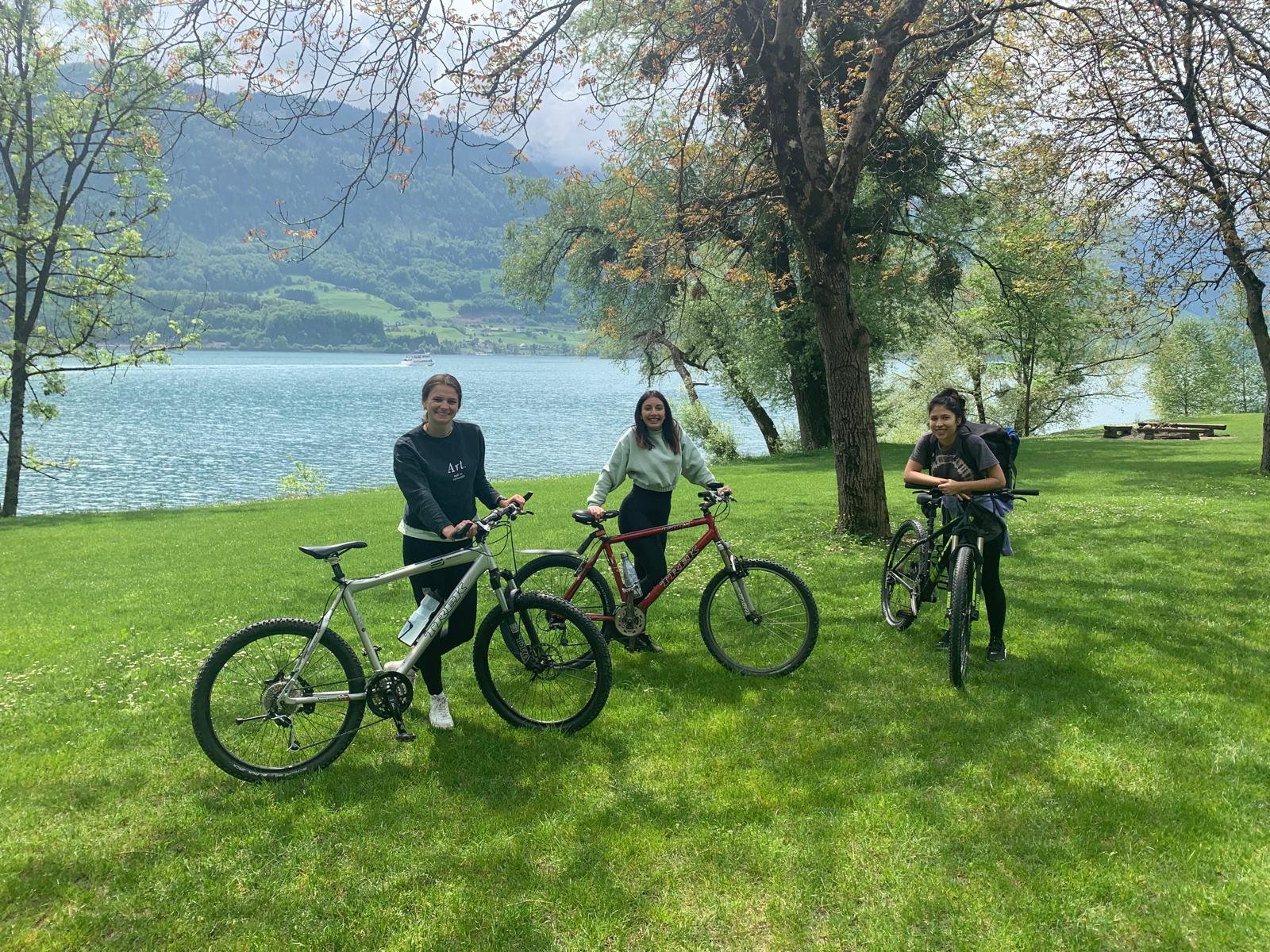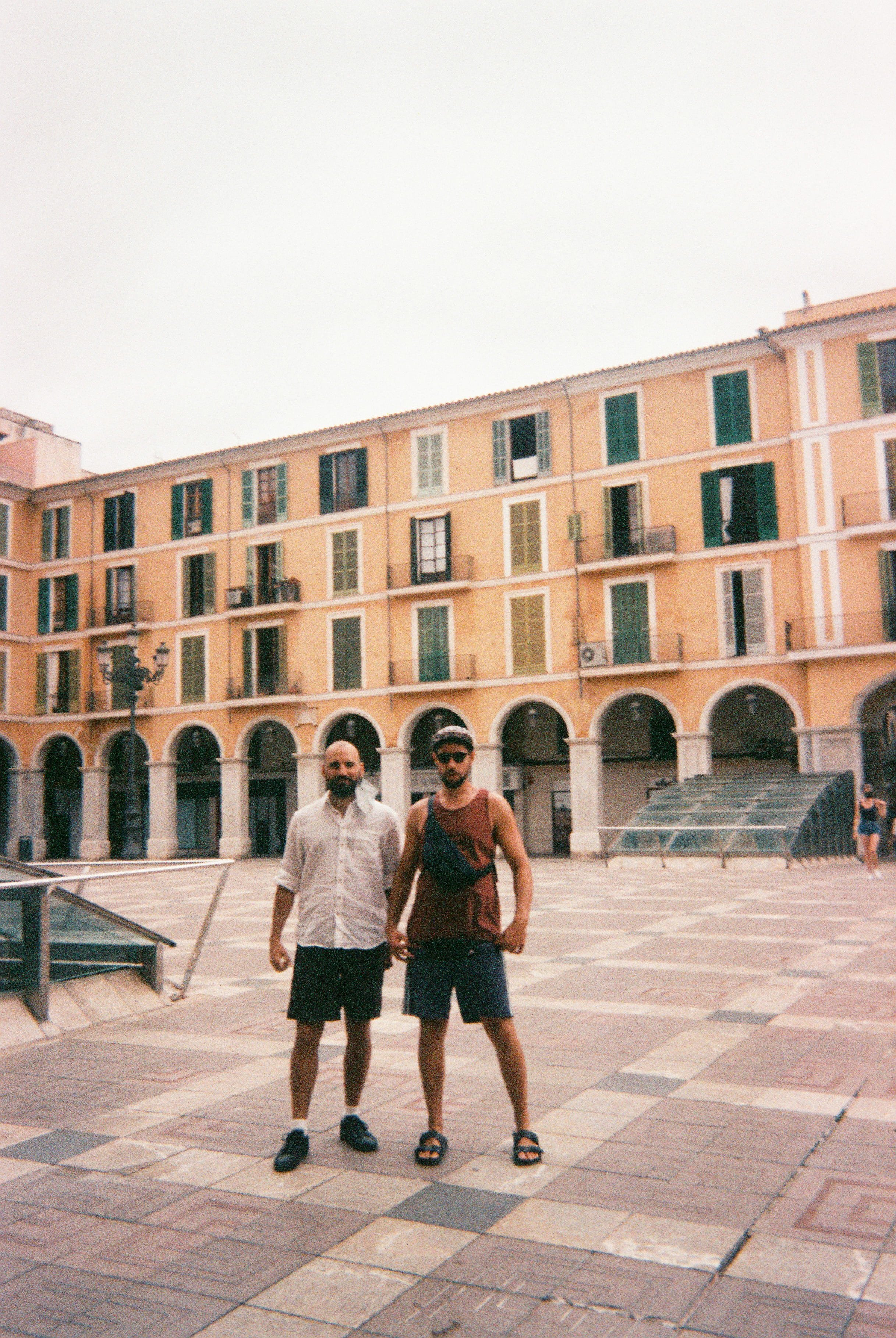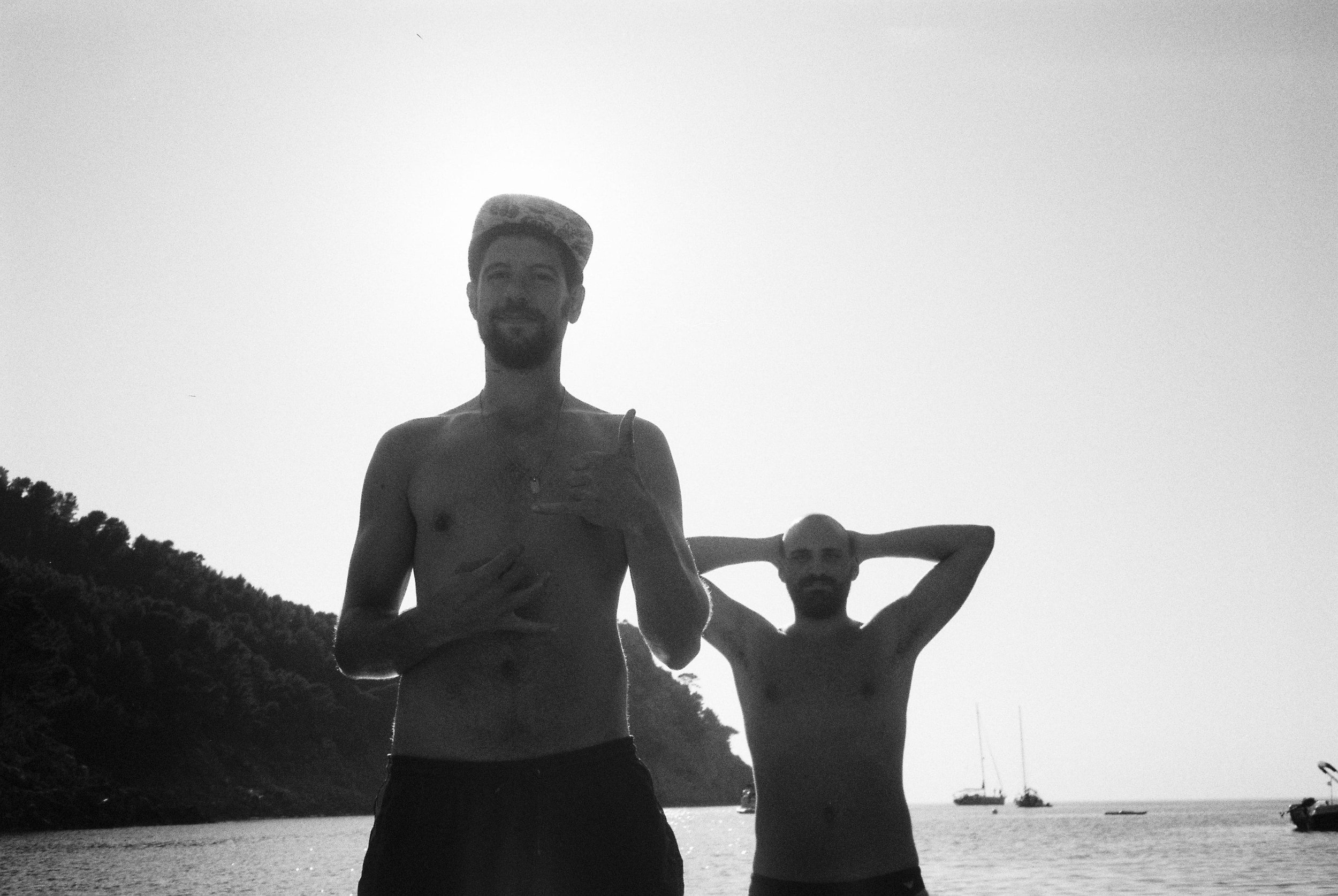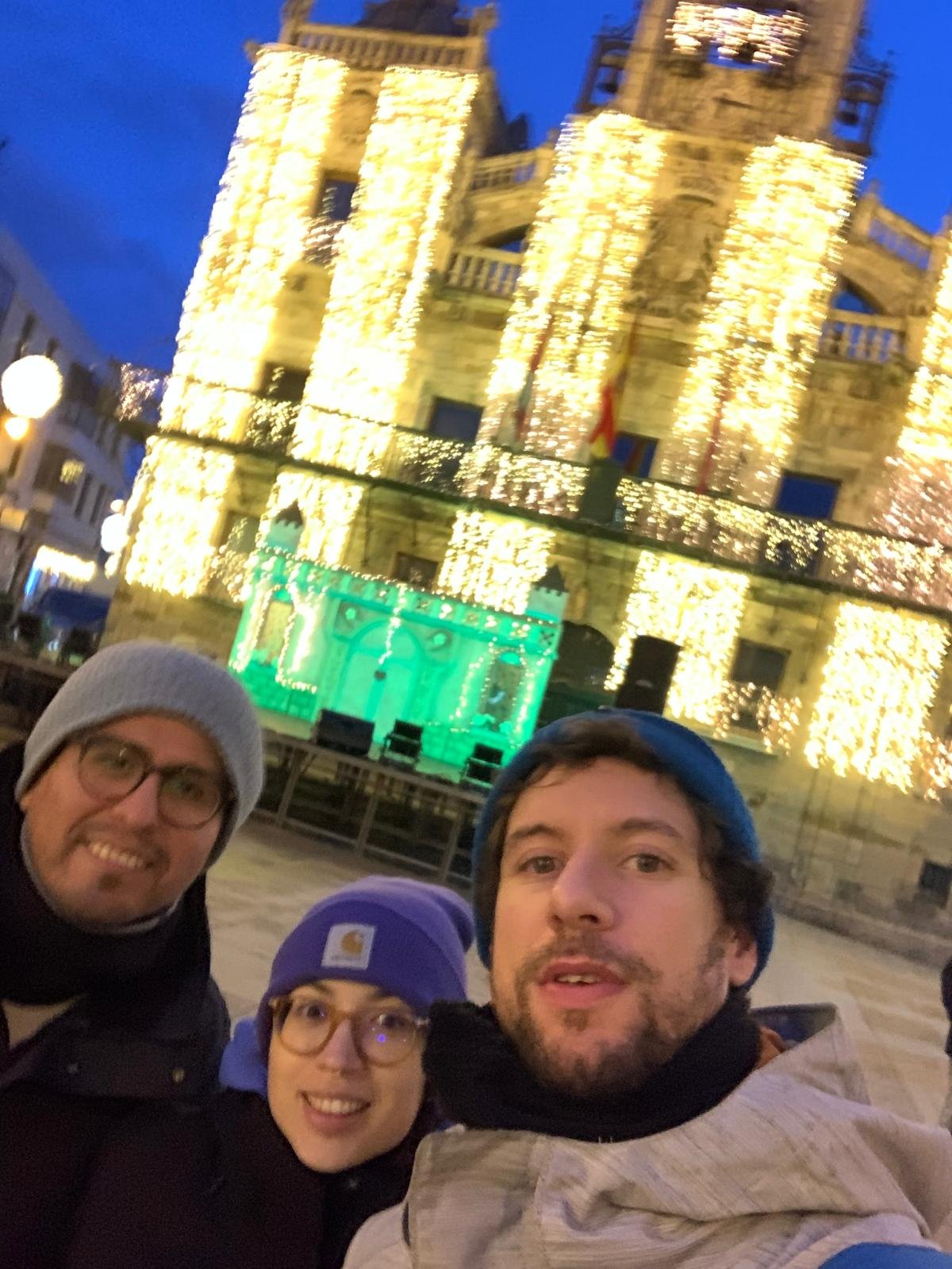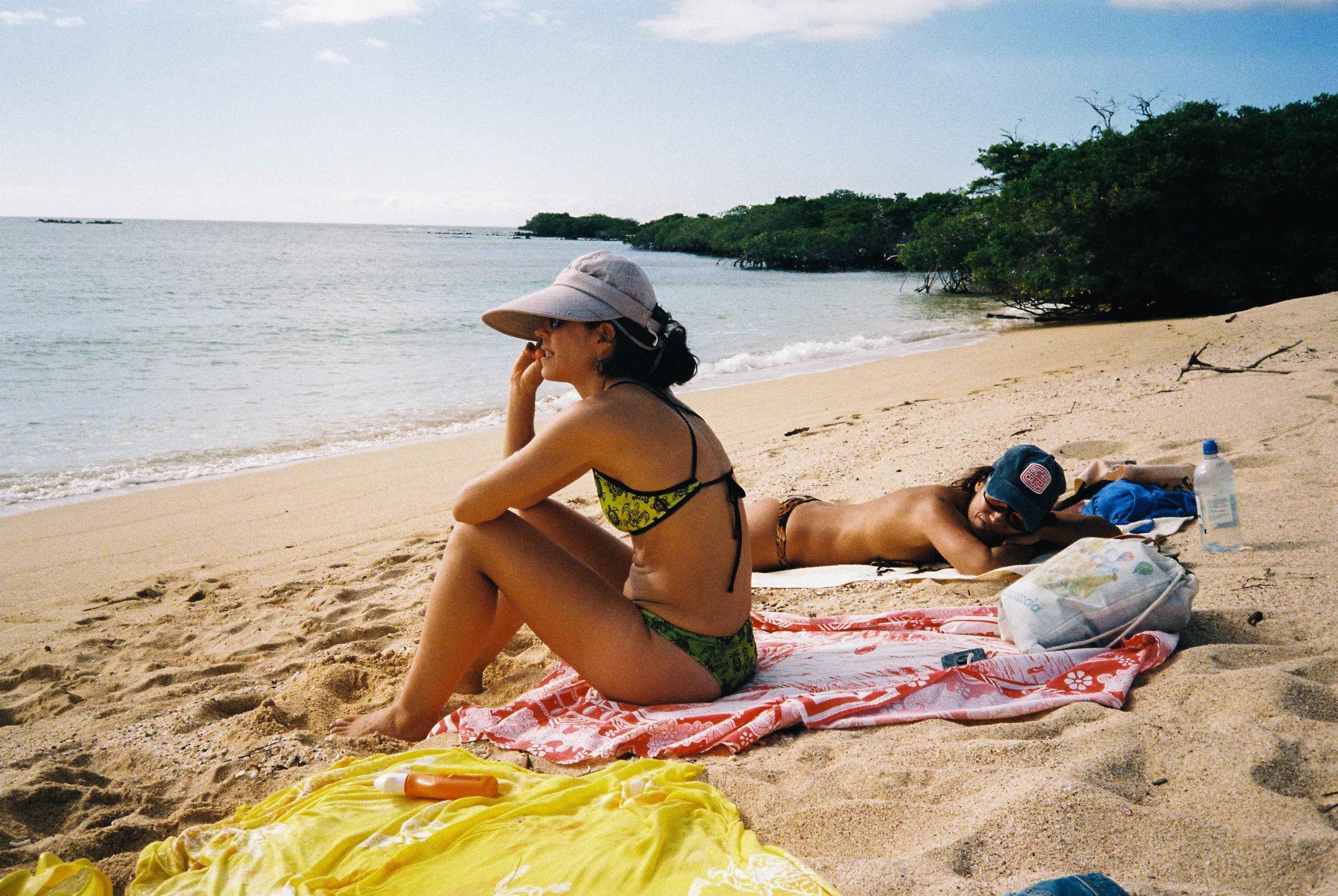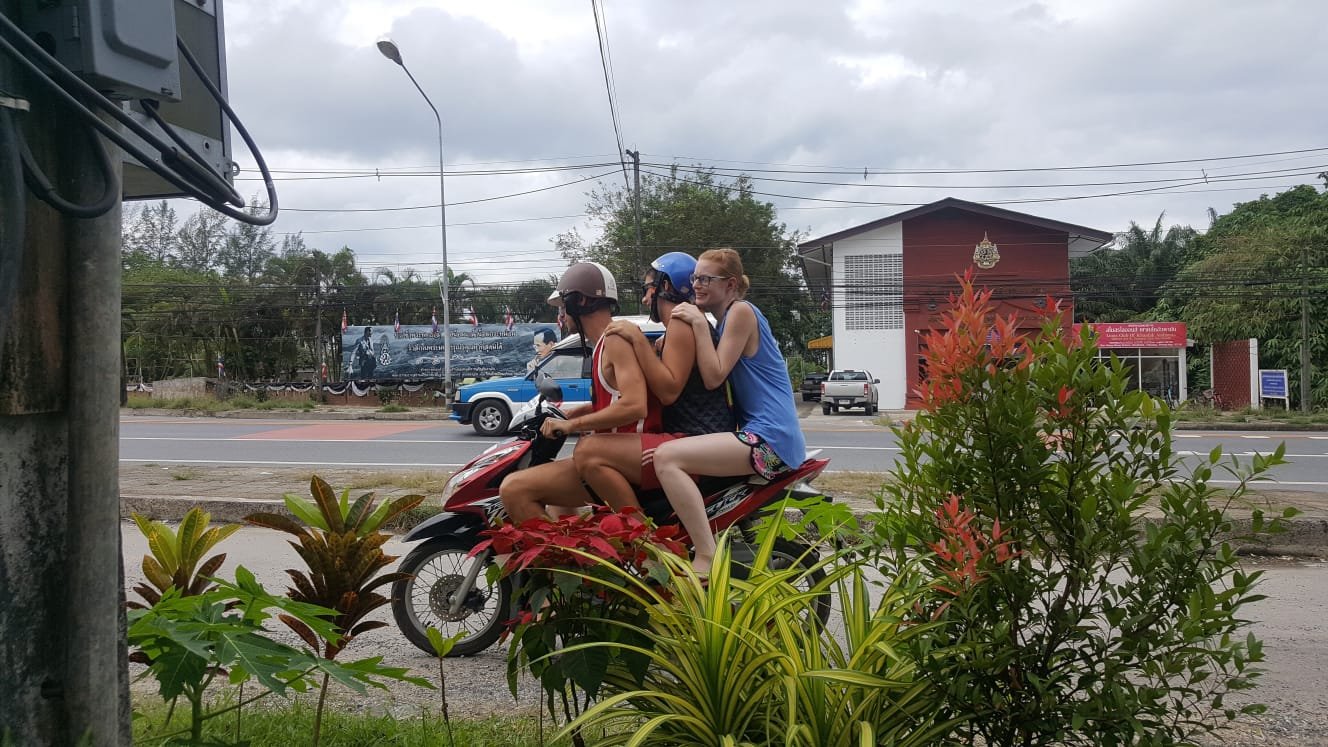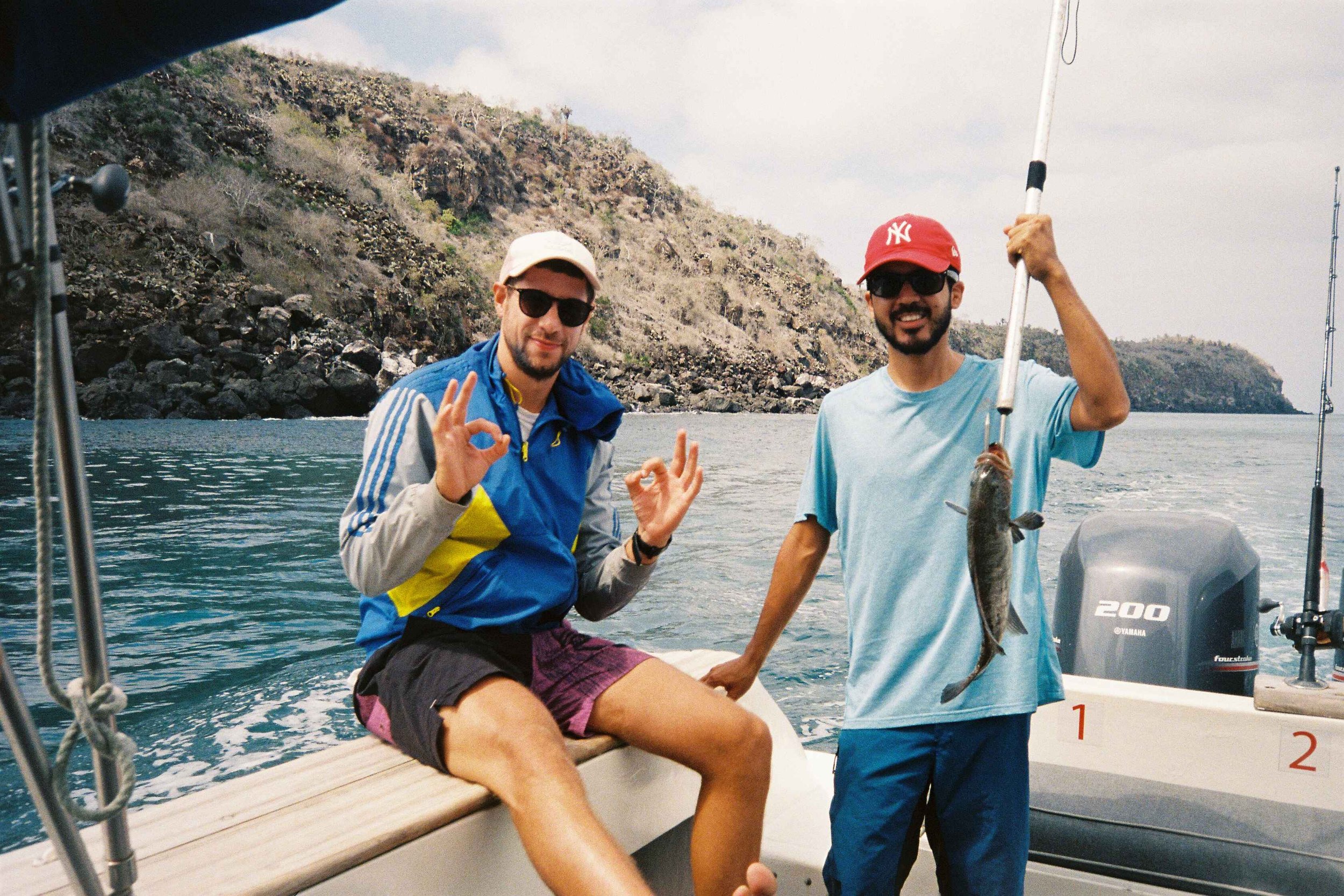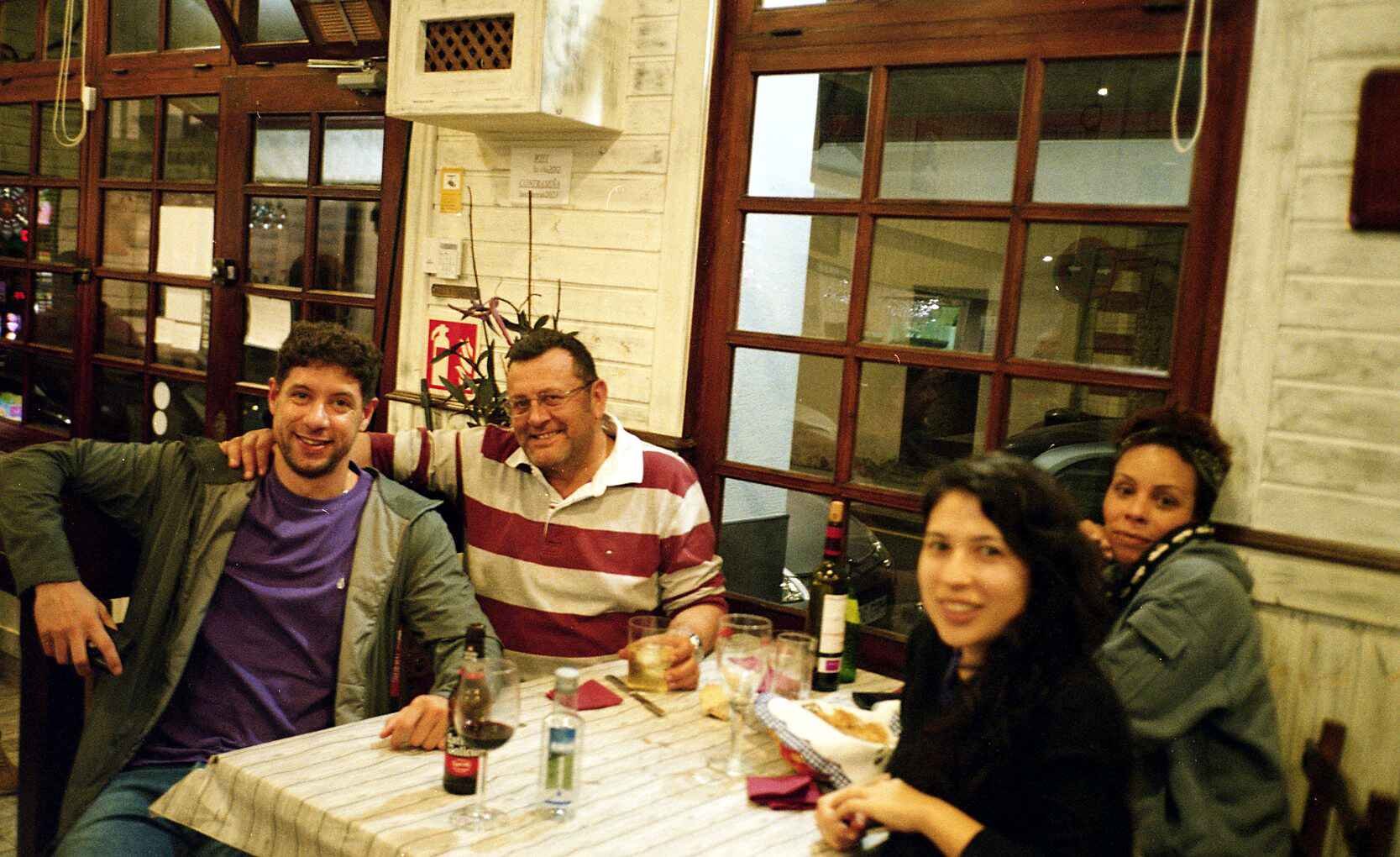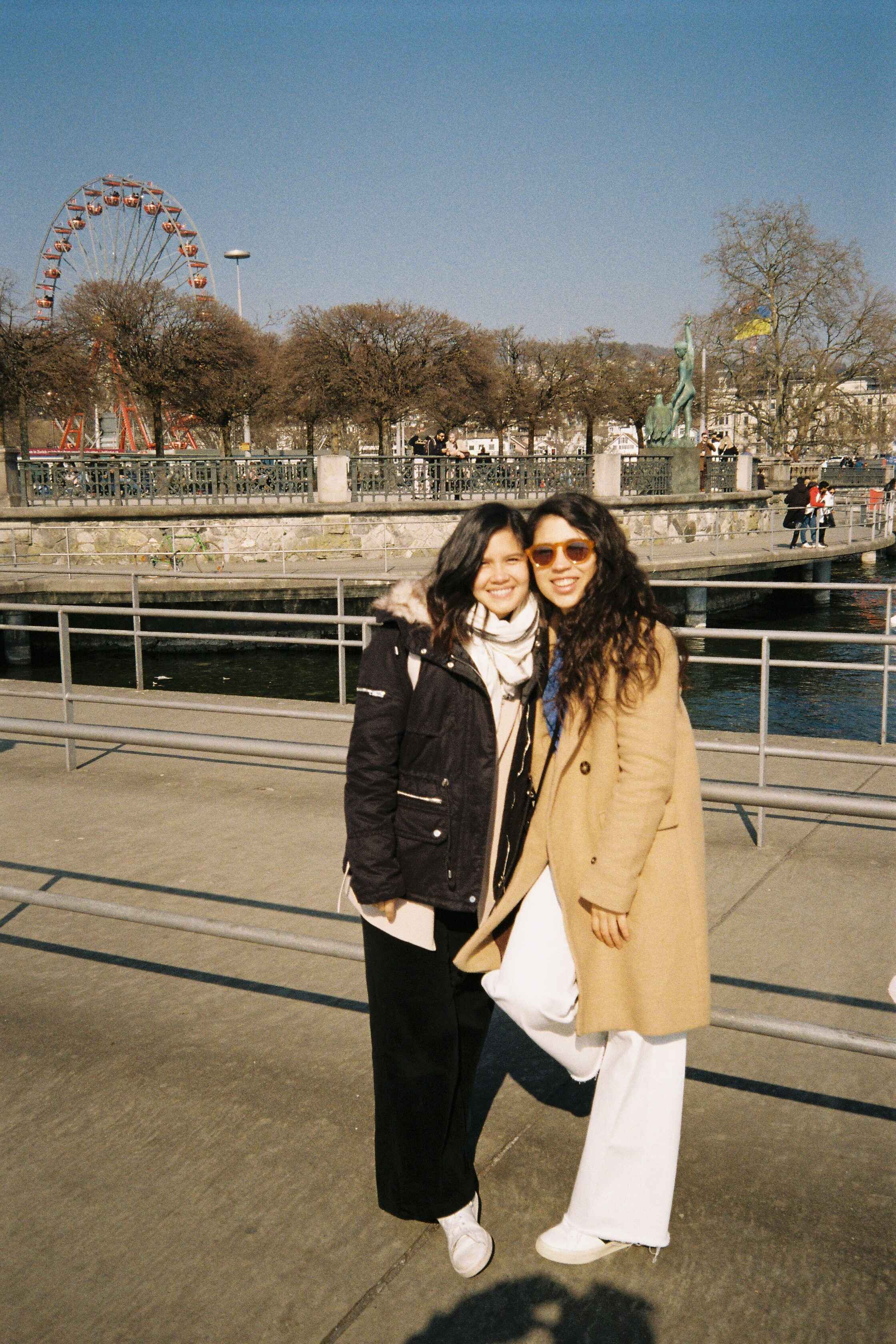
We can't wait for you to celebrate with us.
RSVP so we can get the party started!
Celebration
〰️
Celebration 〰️
It’s finally happening, and we are thrilled to embark on this journey with you!
The Galapagos has always been and will forever be my home. I can't wait to show you my hometown, share our traditions, and introduce you to my wonderful family and friends.
- Camila
I like turtles
- Pablo
Saturday, February 15, 2025
Camilita & Pablito
Would love to eat wedding cake with you
The celebration will take place at The Point, located in Santa Cruz Island.
3:45 in the afternoon
We're thrilled to celebrate with you — and that's the best gift of all. But, if you'd like to contribute to our newlywed life, we've set up a cash gift registry:
ECUADOR
Camila Yánez Robayo
Banco Pacífico, cuenta ahorros: 1039295362
Cédula: 1717313074
Mail: camilayanez92@gmail.com
Dirección: Av Charles Darwin, Santa Cruz , Galápagos, Ecuador
SWITZERLAND
Camila Yanez Robayo
Iban: CH88 0900 0000 1607 1184 8
Bic/Swift: POFICHBEXXX
Travel info
〰️
Travel info 〰️
Galapagos guide
The Galapagos archipelago, located nearly 1,000 kilometers off the coast of Ecuador, consists of 13 main islands and over a hundred islets and rocks. There are four inhabited islands where you can stay:
Santa Cruz: The site of the wedding and the most populated island with about 25,000 residents. Santa Cruz offers the most attractions and is the usual gateway to the islands, featuring the main Baltra airport. Boats to other islands depart from here.
San Cristóbal: The second most populated island with approximately 6,000 residents and the administrative headquarters of the archipelago. It also has an airport for commercial flights.
Isabela: The largest island by size, though only the southern area is open to tourism.
Floreana: The least visited of the four inhabited islands, home to about a hundred people.
RECOMENDATION
We suggest visiting Santa Cruz, San Cristobal, and Isabela, spending a minimum of 2-3 nights on each island. You can travel between the four inhabited islands by boat (small boats for 20-30 people), with departures available in the morning and afternoon. Departure times vary depending on the route, typically between 6-7am and 2-3pm.
Tickets cost around $35 per person and can be purchased at the port, hotels, or any travel agency. We recommend buying your tickets at least one day in advance. The boat trip lasts between 2 and 3 hours, depending on sea conditions. The routes are as follows:
Santa Cruz - San Cristobal (and vice versa): Daily
Santa Cruz - Isabela (and vice versa): Daily
Santa Cruz - Floreana (and vice versa): Tuesday and Thursday only
To get around the islands, you can take a taxi (usually pickup trucks) or rent a bicycle to enjoy the bike lanes.
We will be in Galapagos from the 7th of february till 7th of march
Our flight looks like this:
Zurich - Madrid - Quito - Baltra, Galapagos
Some info from Pablito
Galapagos special regime government: what does it mean?
The Ecuadorian Constitution establishes that the Galapagos Islands will have a special regime government, meaning the archipelago functions as "a country within another country."
Key points of the special regime:
Protection of the Galapagos: Internal migration, employment, and any other public or private activities that might affect the ecosystem are strictly regulated.
Residency restrictions: Permanent residence on the islands is restricted to the offspring of Galapagos residents or those married to a resident for at least 10 years.
Government structure:
The Galapagos special regime government council consists of:
Three mayors from the four inhabited islands
Representatives from neighborhood councils
Biodiversity conservation organizations
A president appointed by the Ecuadorian government, who must be approved by various international environmental organizations
This unique governance ensures that the Galapagos Islands receive the protection necessary to preserve their delicate ecosystems.
The Galapagos Islands: Natural Heritage of Humanity
In 1978, UNESCO declared the Galapagos archipelago a World Heritage Site due to its incredible biodiversity and numerous endemic species. Today, 98% of the territory is designated as a National Park, with restricted access to many areas to preserve its natural beauty.
Tourism & conservation:
Certain areas are open to tourists but under strict regulations to ensure conservation and environmental respect.
Visitors must stay on marked paths, delineated by stakes and signs.
The islands feature numerous signs emphasising the importance of protecting wildlife, such as "Turtle crossing area," "Drive carefully, iguana crossing area," and "We are in nesting season, please be careful."
Visitor guidelines:
It's crucial to adhere to the rules set by the Galapagos National Park and Marine Reserve. Remember, this is a specially protected area, and its preservation depends on responsible tourism. Your respect for these guidelines helps ensure the survival of this unique ecosystem.
What species of animals to see
Darwin’s experience in the Galapagos inspired his groundbreaking work, "The Origin of Species." You might wonder what kind of animals you’ll encounter during your visit. You’ll be amazed by the freedom with which these creatures inhabit the islands: crawling, flying, swimming, or resting freely on trails, beaches, crystal-clear waters, ports, and even in the streets. They proudly exercise their “Galapagos citizenship,” showing no fear of humans and often approaching with curiosity. Most species are harmless, and there are no poisonous animals.
Here are some of the fascinating species you can expect to see on your trip to the Galapagos:
Sea lions: These omnipresent creatures frolic on the beaches, stroll through ports like curious tourists, or swim just a short distance from you. They are the true protagonists of daily life in the Galapagos.
Giant Galapagos tortoises: The namesake of the archipelago, these tortoises can be found in conservation centers and along some trails, such as the route to the Wall of Tears in Isabela.
Marine Iguanas: The only lizards capable of swimming in salt water, they spend their lives soaking and drying in the sun. Each island has its own variety, and you can easily spot them on beaches or resting on the shore.
Boobies: Both blue-footed and red-footed, known for their amusing mating rituals.
Lava lizards: These quick little creatures can be seen darting around every corner.
Flamingos: The largest of the five existing species, easily spotted in Poza Baltasar de Isabela.
Sea Turtles: Often seen swimming around the ports and beaches.
Blue Sharks: Frequently visible at the port pier of Puerto Ayora and around Isabela.
Manta Rays: Smaller ones often approach the ports, while larger ones can be seen on excursions, such as the tour to Los Tuneles.
Birds: Frigatebirds, albatrosses, finches, and more are abundant throughout the islands.
Snorkeling: At any beach, you can spot pufferfish, parrotfish, surgeonfish, and more.
While some animals are more elusive, you might still encounter penguins, dolphins, hammerhead sharks, and orcas on excursions or tours.





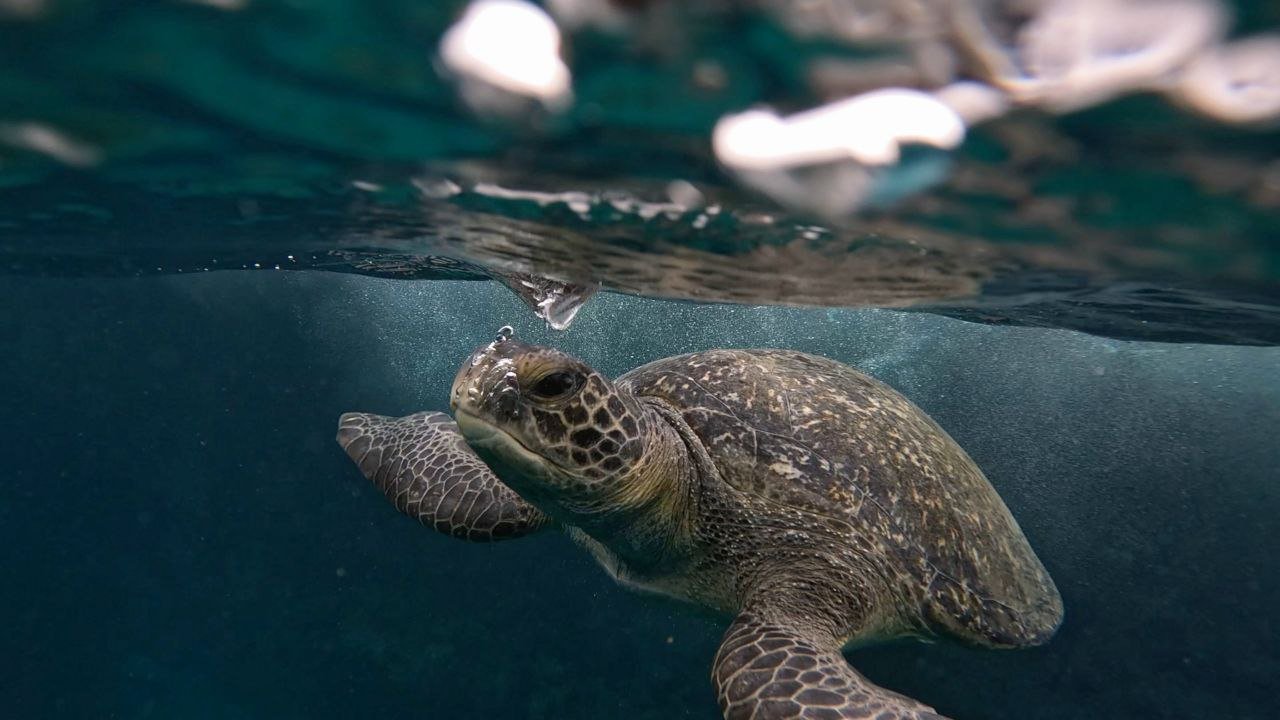


Some memories we love & want to continue making with you










